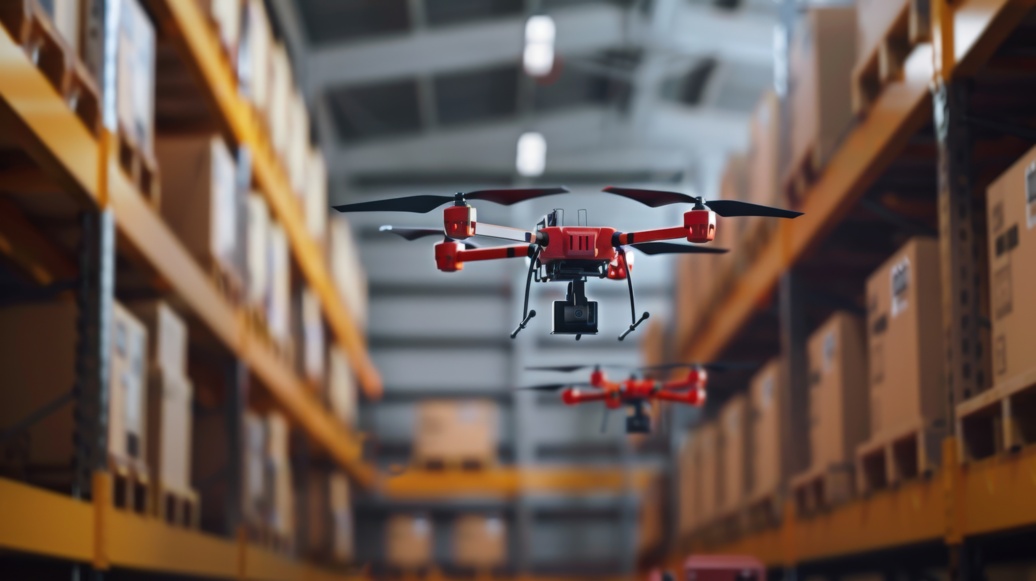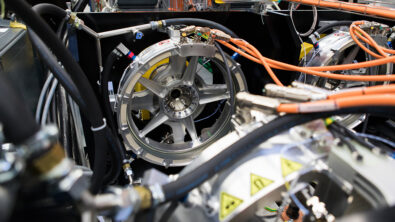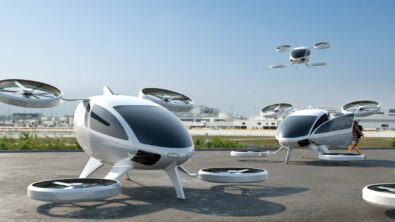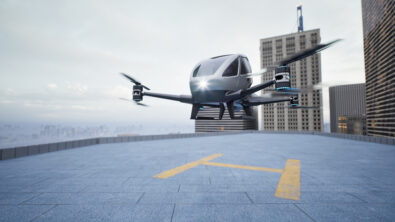Transforming Aerospace Manufacturing – Summary

Manufacturing for the aerospace and defense (A&D) industry is on the cusp of great change. With the rise of aircraft designs that are less expensive and quicker to produce, many A&D companies are looking to increase their production volumes. To accomplish this and maintain a profit, they will need to explore opportunities to update their manufacturing processes, making them more automated and adaptive to produce these new, complex aircraft.
The Talking Aerospace Today podcast returns with a new series that discusses how this can be possible with the help of smart manufacturing technology and digital transformation. In the first episode of the series, Todd Tuthill, Vice President of Aerospace, Defense, and Marine for Siemens Digital Industries Software, introduces the topic by exploring the root causes of the push for higher volume production in A&D and the largest challenges standing in the way.
The push to build more aircraft
According to Todd, one of the most significant causes in the A&D industry’s effort to raise production volumes is the new kinds of aircraft being produced. Historically, nearly every aircraft has had a human pilot or crew behind it. As technology advances, however, more aircraft are being designed to be uncrewed and are taking on more responsibilities that were once thought to be done only by crewed aircraft, ranging from package delivery drones to autonomous jets that refuel planes midair. These uncrewed aircraft are estimated to be less expensive to produce and have shorter production cycle times, enabling them to be produced in higher numbers.
Drones and uncrewed aircraft are not the only aspect of aerospace that fit these considerations. The same also can be said of satellites, the designs of which have become smaller in recent years while increasing in number on orbit. In short, more A&D products with varieties of applications are becoming less expensive to produce, so companies are eager to take the opportunity to make more of them.
Challenges in changing A&D manufacturing
However, Todd also identified some key obstacles A&D manufacturers might face in their efforts. Much of it comes from the complexity of the products they want to build. While the smaller package delivery drones may be relatively simple and easy to manufacture, other uncrewed aircraft that carry out more complicated tasks would integrate more complex designs and technologies. Many of these kinds of aircraft would also carry out multiple types of missions, so while their airframes would be the same, their internal systems and wiring may differ wildly depending on function.
Todd says traditional, human-dependent manufacturing processes can be too slow and expensive to produce these types of aircraft at the volumes they want while maintaining a profit. To meet the volumes and variety they want, A&D should explore new manufacturing processes that are more automated and adaptive. All the while, transforming entire production processes can be expensive, so manufacturers will want to make these changes while reducing the cost as much as possible.
An opportunity for digital transformation
It is an exciting time for the A&D industry as it pivots to new aircraft and spacecraft primed for higher production volumes. To make this pivot easier and sustainable, however, they will need to alter their manufacturing processes to be more flexible. Navigating this transition can be difficult, but there are answers to be found in digital transformation and smart manufacturing.
By leveraging the latest in digital technologies, A&D manufacturers can simulate and optimize changes to their production processes before ever making them physically, enabling them to create new automated processes ideal for producing new aircraft and spacecraft en masse.
These will be the topics for upcoming episodes of Talking Aerospace Today. Tune in to discover the many ways digital transformation and smart manufacturing can transform the A&D industry.
Siemens Digital Industries Software helps organizations of all sizes digitally transform using software, hardware and services from the Siemens Xcelerator business platform. Siemens’ software and the comprehensive digital twin enable companies to optimize their design, engineering and manufacturing processes to turn today’s ideas into the sustainable products of the future. From chips to entire systems, from product to process, across all industries. Siemens Digital Industries Software – Accelerating transformation.


